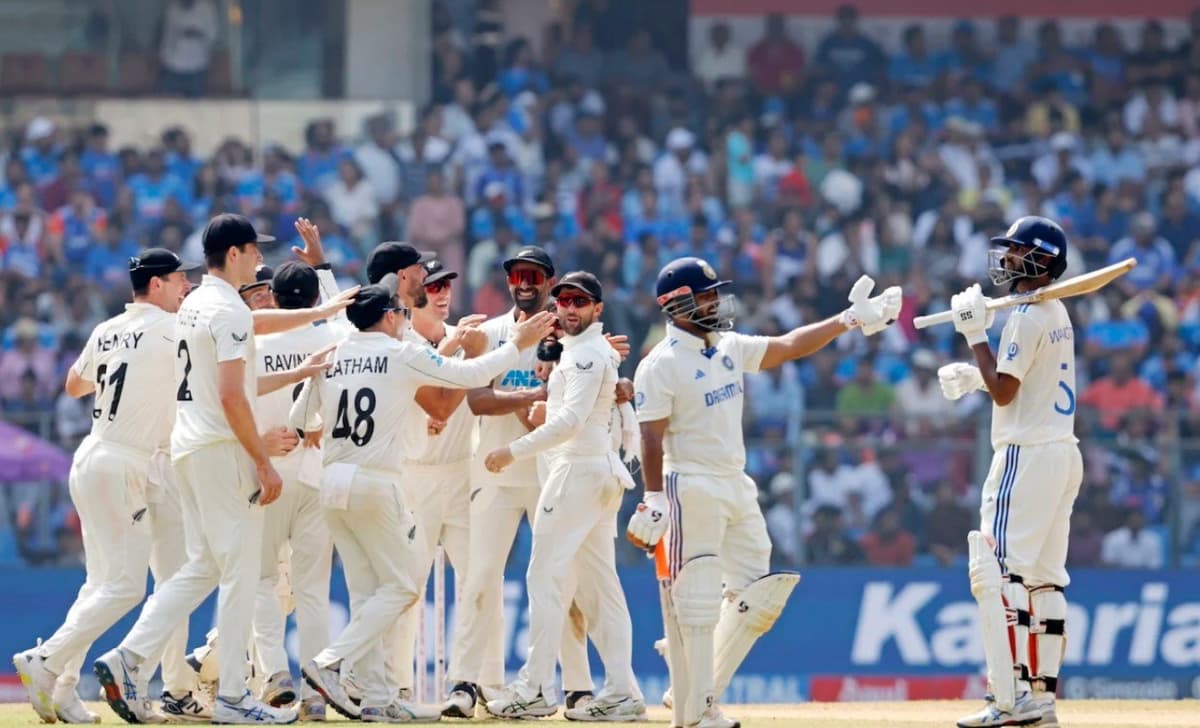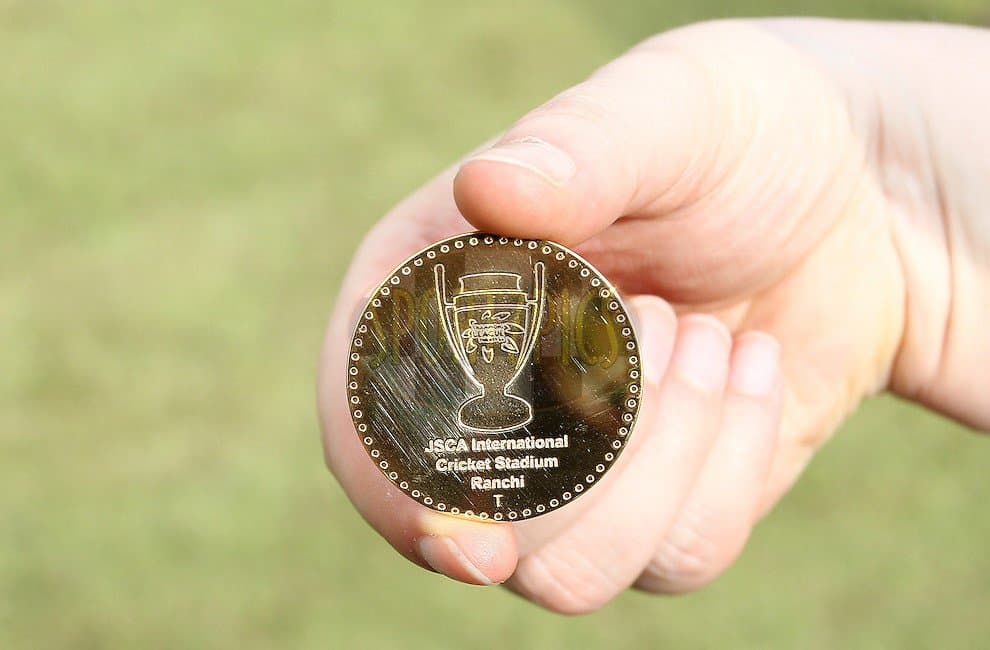The retirement age for cricketers is shifting further as the sport places more emphasis on fitness and career longevity. While batters and fielders often continue their careers into later years, fast bowlers usually don’t have the same flexibility.
There’s no fixed retirement age for cricketers. Unlike high-intensity sports like football, badminton, or tennis, cricket doesn’t put as much stress on an athlete’s body, which lets many players continue until their late 30s. As fitness and endurance standards in cricket improve, the retirement age for cricketers seems to keep extending. Batters and fielders often manage longer careers, but fast bowlers face more challenges in doing so. However, England’s James Anderson defied expectations, retiring at the age of 41.
The rigorous schedule of modern cricket also affects the retirement age for cricketers. The number of matches played has only grown over time, as seen with legends like Sachin Tendulkar and Ricky Ponting. This busy calendar can influence when players choose to retire, making each cricketer’s journey unique.
ALSO READ: While some players extended their careers, others retired early to pursue commentary and media careers. England’s hard-hitting batsman, Kevin Pietersen, retired at 33 after a challenging Ashes series. South African star AB de Villiers surprised fans by retiring at 34 while still at the top of his game. Overwhelmed by cricket’s demands, he ended a stellar career after a tough IPL season with RCB. Indian cricketer Suresh Raina, part of India’s 2011 World Cup-winning team, retired in 2020. Raina, who debuted young, had a memorable career but decided to step away during the COVID-affected IPL season in 2020. Some players didn’t choose to retire; South African wicketkeeper Mark Boucher was forced to retire in 2012 after a career-ending eye injury. ALSO READ: While most players shift to annual T20 leagues in their later years, some continue to play for their national teams well into their 40s. One of the most notable is India’s Sachin Tendulkar, who retired at 40 after a legendary career that spanned more than 20 years. Nicknamed “The Master Blaster,” Tendulkar’s dream of an ODI World Cup victory came true in 2011. Sri Lankan star Sanath Jayasuriya retired at 41. Known for his explosive batting, Jayasuriya transformed white-ball cricket and helped lead Sri Lanka to its only World Cup title in 1996. While it’s rare, some cricketers have returned to play after retirement. Pakistan’s former captain Imran Khan retired after the 1987 World Cup, but under pressure from Pakistan’s president, he returned for the 1992 World Cup, leading his team to victory in a fairytale finish. Imran finally retired at 41. West Indies captain Carl Hooper also returned to cricket after announcing his retirement shortly before the 1999 World Cup. He later captained his team in the 2003 World Cup and retired at 40. Pakistan’s Shahid Afridi frequently announced his retirement, only to return again, finally leaving the game for good at 43 READ MORE: 

Cricketers Who Came Out of Retirement








